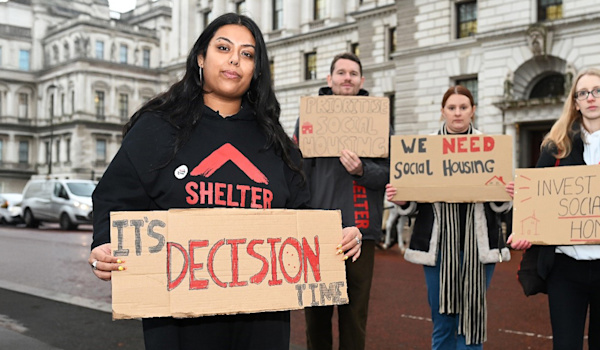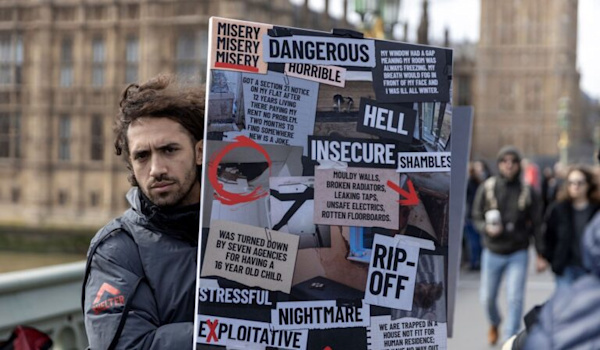What was the housing benefit freeze?
In March 2020, the government froze the local housing allowance (LHA) rates, which set the amount of housing benefit that private renters can receive.
LHA rates should allow renters to afford at least the cheapest 30% of properties in their local area. But, with rents rising at record rates, by 2023 just 5% of privately rented homes being advertised were affordable to people claiming housing benefit.
Why did the freeze increase homelessness?
We know that the main cause of homelessness is not being able to afford a home. And, housing benefit is supposed to be a lifeline for people who struggle to afford the cost of private renting.
But, by breaking the link to the real cost of rents, the freeze on LHA rates pushed more and more people into homelessness.
By February 2023, 58% of private renters claiming housing benefit had a shortfall to the cost of their rent. On average, these shortfalls were £163 a month. People on low incomes were forced to find this money, or risk falling behind with their payments and potentially face being evicted.
The shortage of homes that people claiming housing benefit could afford also made it very difficult to find somewhere new to live, if they needed to move house. So, more and more people had to go to their local council for help because they were homeless.


